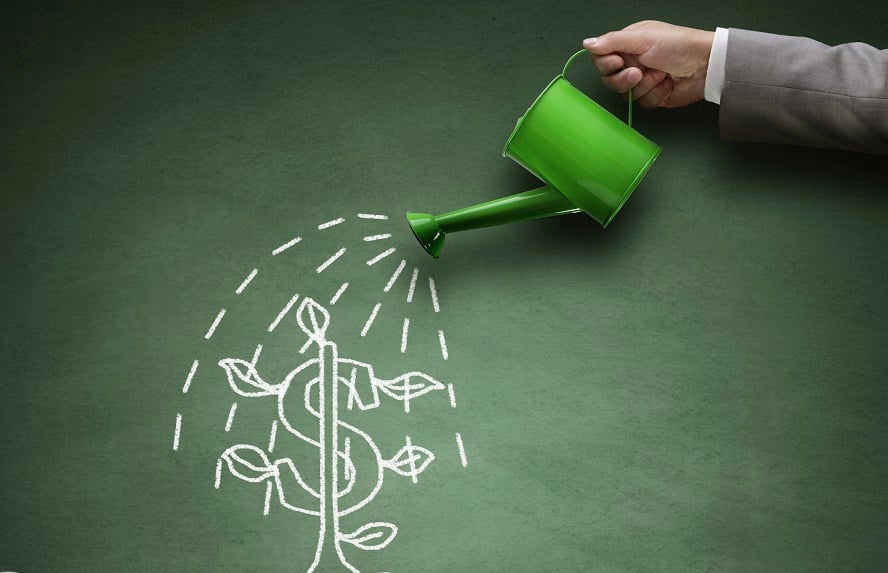

Employees who participate in both the 401(k) plan offered by their company and their company’s employee stock purchase plan tend to contribute an average of 32% more to their 401(k) than employees who only participate in the 401(k), according to recent research from Fidelity Investments.
The study also found that 89% of employees who participate in their company’s ESPP also participate in their 401(k), and that employees who participate in both plans are more likely to take advantage of financial guidance made available by their employer, which can contribute to improved overall financial wellness.
Fidelity’s findings are based on the analysis of 250,000 employees who have access to both a 401(k) and ESPP.
The study found that employees in both plans contribute an average of 12.5% and 6.3% of their salary in their 401(k) and ESPP, respectively, while employees who participate only in their 401(k) contribute an average of 8.8% of their salary. The higher contribution rate for employees in both plans holds for all employees, not just higher-paid employees.
ESPPs that offer a 15% discount as well as a look-back provision — which allows participants to buy shares based on an earlier price, even if that's lower than the current price — have a participation rate of 44%, well above the participation rates for plans that offer lower discounts or no look back.

Relationships are key to our business but advisors are often slow to engage in specific activities designed to foster them.

Whichever path you go down, act now while you're still in control.

Pro-bitcoin professionals, however, say the cryptocurrency has ushered in change.

“LPL has evolved significantly over the last decade and still wants to scale up,” says one industry executive.

Survey findings from the Nationwide Retirement Institute offers pearls of planning wisdom from 60- to 65-year-olds, as well as insights into concerns.
Streamline your outreach with Aidentified's AI-driven solutions
This season’s market volatility: Positioning for rate relief, income growth and the AI rebound
